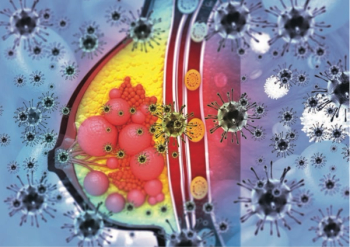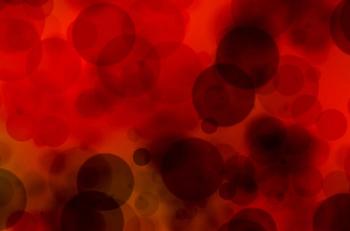
Oncology NEWS International
- Oncology NEWS International Vol 15 No 3
- Volume 15
- Issue 3
Lilly Oncology on Canvas Invites Entries
Eli Lilly and Company and the National Coalition for Cancer Survivorship have issued a call for entries for the 2006 Lilly Oncology on Canvas: Expressions of a Cancer Journey International Art Competition and Exhibition.
INDIANAPOLISEli Lilly and Company and the National Coalition for Cancer Survivorship have issued a call for entries for the 2006 Lilly Oncology on Canvas: Expressions of a Cancer Journey International Art Competition and Exhibition. The competition invites people diagnosed with any type of cancer, their families and friends, cancer advocates, and health care providers, as well as artists and art students, to express, through art and narrative, their own cancer journeys. Art entries will be accepted through July 30, 2006, in the following media: oil, watercolor, acrylic, pastel, photography, and other one-dimensional art. Winners of the 2004 competition can be viewed at
Articles in this issue
almost 20 years ago
FDA Approves Eraxis to Treat Candidemiaalmost 20 years ago
NeoGuide's New Colonoscopy System Addresses ‘Looping'almost 20 years ago
New Budget Plan Cuts NCI Funding by 0.8% for FY 2007almost 20 years ago
Shorter FEC + Pac Ups DFS in Breast Caalmost 20 years ago
Xyotax Fast Tracked for Advanced NSCLC in Womenalmost 20 years ago
FDA Guidances for Early Human Testing of New Drugsalmost 20 years ago
Zactima Gets Fast Track Status for Medullary Thyroid Canceralmost 20 years ago
Darbepoetin During RT Boosts Hb Level, With QOL Benefitalmost 20 years ago
Breast, Colorectal Cancer Care Quality 'Excellent'almost 20 years ago
Dose-Dense Adjuvant Chemo Validated in Breast CancerNewsletter
Stay up to date on recent advances in the multidisciplinary approach to cancer.

















































































